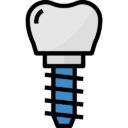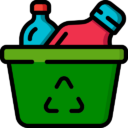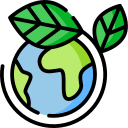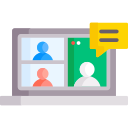Supercritical CO2 for cleaning machined and turned parts
SupercriticalCO2 technology is the best alternative to traditional processes that are hazardous to people and the environment for degreasing parts produced by machining, bar turning and additive manufacturing.
Improve the cleanliness of your parts with a respectful and ecological process
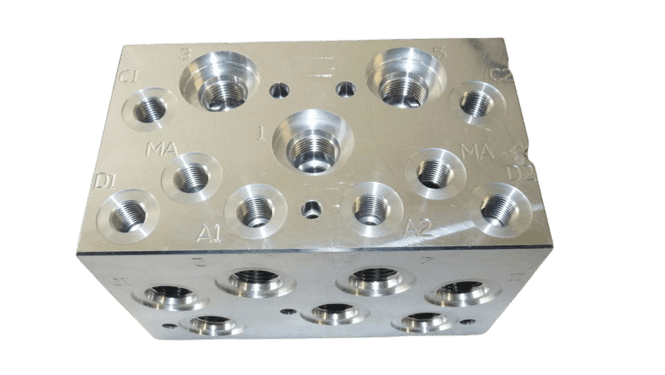
Guaranteed free of cleaning solvent residues for improved surface tension
Dense Fluid Degreasing’s supercritical CO2 cleaning process replaces traditional organic solvent-based treatments, hydrocarbon or modified alcohol A3-based solvents and detergent processes by ensuring the total absence of solvent residues.
Unlike other cleaning processes, the gaseous nature of CO2 at atmospheric pressure guarantees the absence of any traces on the cleaned parts.
Using carbon dioxide to degrease machined parts also eliminates any risk of solvent retention inside complex parts.
With this process, no drying step is required, and once the degreasing cycle is complete, the parts are at room temperature and ready for use.
Supercritical CO2 is suitable for all mechanical and polymeric parts, of all types
CO2 is compatible with all types of materials including aluminum and most of the polymers.
Its neutrality towards materials means that it does not oxidize or attack them during cleaning, degreasing and deburring.
Suitable for all types of parts, even those which are particularly difficult to clean, e.g. complex parts with blind holes, tubes.
![]() Cleaning quality has been validated against the 15001 gas industry standard.
Cleaning quality has been validated against the 15001 gas industry standard.
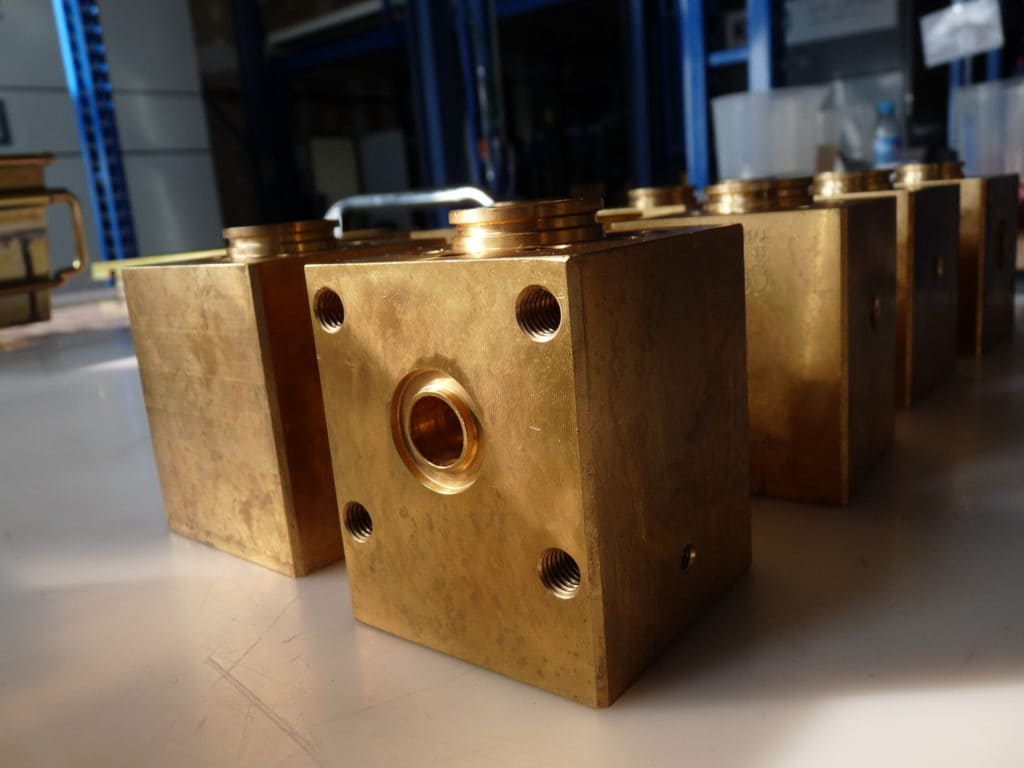
The advantages of supercriticalCO2

Dry and
waterless

All-metal compatible

Low electricity consumption

Compatible with complex parts
Processing of complex parts
Pressurized supercritical CO2 penetrates all blind holes and cavities in a complex part to degrease both the interior and exterior of the part.
Ultra-sound and agitation ensure perfect deburring both inside and outside the parts.
![]() Working at low temperatures
Working at low temperatures![]() No drying required
No drying required![]() No risk of corrosion of materials
No risk of corrosion of materials

Complex mechanical parts
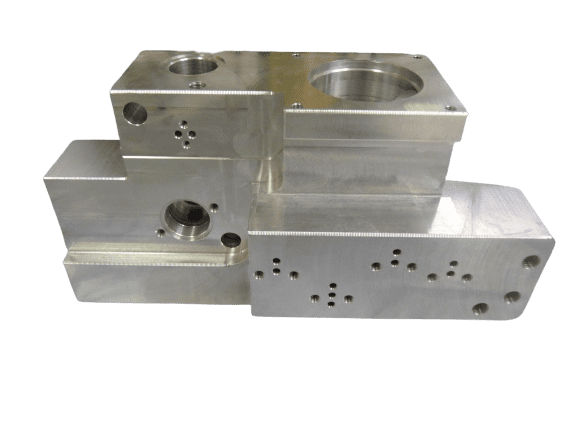
Complex mechanical parts with blind holes
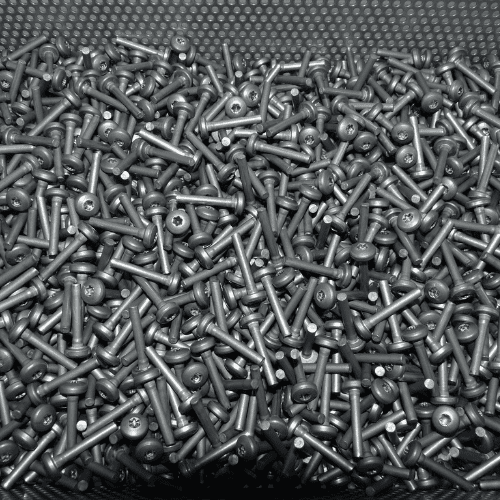
Complex mechanical parts in bulk
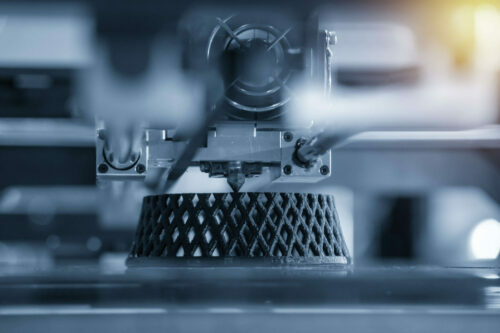
Would you like to test de-soldering with supercritical CO2? Come and try it out
Dewaxing of additive manufacturing parts using supercritical CO2
In the case of additive manufacturing of metal parts, the first step in the part cleaning process is to gravitate the majority of the powder that has not been fused.
Carbon dioxide plays a decisive role in the second stage of the de-soldering process. It will penetrate all cavities and parts of the part to extract and entrain metal particles that were not fused during manufacture.
Thanks to the properties of supercriticalCO2, there is no possibility of carbon dioxide retention or residual traces.
Do you have a project in mind?
Get in touch with our team to talk about it and test supercritical CO2 technology on your parts!
Find out more
How does supercritical CO2 departiculation work?
In the case of mechanical parts resulting from bar turning and machining operations, the particles that remain stuck to the surface of the parts are due to residual cutting or machining oils.
Mechanical parts are usually packed in baskets for easy handling. Parts can be deposited in bulk or positioned and held according to their degree of fragility.
Once in the autoclave, the parts baskets undergo an initial degreasing phase. This first step eliminates particle cling, and the particles fall by gravity to the bottom of the autoclave.
This degreasing action is coupled with full rotation or oscillation of the baskets, as well as ultrasound. These will have the effect of setting particles in motion, including those trapped in the cavities and holes of the parts, so that with the movement, they are evacuated and fall to the bottom of the autoclave.
SupercriticalCO2 does not have a high carrying capacity, but depending on the density of the extracted particles, they may be carried to the filter at the autoclave outlet. It is therefore important to adapt the filter size to the size of the particles.
What happens to the extracted materials after degreasing with supercritical CO2?
During a degreasing/departiculation cycle, mechanical parts are brought into contact with supercriticalCO2. The supercriticalCO2 then acts as a solvent, solubilizing contaminants such as cutting oils and machining oils. On leaving the autoclave, the pollutant-laden supercriticalCO2 passes through an initial filtration stage to block the micro-particles carried by the supercriticalCO2 flow, before passing on to a separation stage. At this stage, consisting of an initial phase of rapid depressurization,CO2 reverts to a gaseous state and is no longer able to solubilize pollutants. TheCO2 in its gaseous state is then liquefied and stored in the machine’s internal reserve, ready to circulate again. Pollutants are collected at the outlet of a gravity or cyclone separator. The extracted materials are chemically pure and free of residual solvents.
Can supercritical CO2 be reused for subsequent cycles?
The extracted materials and the supercriticalCO2 are separated as the supercriticalCO2 is reduced in pressure via an expansion valve. Once the pressure is broken, supercriticalCO2 becomes gaseous and is no longer able to solubilize anything. In this case, the pollutants pass through a gravity separator and can then be collected.
The supercriticalCO2, completely freed of previously solubilized materials, is recovered, liquefied and stored in the machine’s internal reservoir until it can be circulated again, or until the next cycle.
At the end of the cleaning cycle, almost 90% of theCO2 used is collected, liquefied and stored.
The remaining 10% ofCO2 is considered lost and vented.
With optimizedCO2 consumption, supercriticalCO2 technology offers 50% lower operating costs than conventional processes used in the mechanical industry.
Which pollutants are compatible with supercritical CO2?
As supercritical CO2 is a complex technology, it is important to carry out tests to validate the solubility of contaminants to be extracted with supercriticalCO2.
Depending on the type of contaminant, pressure or temperature parameters are adapted. In addition, a Dense Fluid Degreasing machine can be fitted with a virtually infinite number of recipes to meet the needs of a wide range of pollutants.
Some very specific pollutants may require the use of a co-solvent such as hydrogen peroxide or ethanol.
Discover other supercritical CO2 cleaning applications
For the medical sector
Decontamination and sterilization of new and used medical devices.
For recycling
Desensitizing of new textiles and dry care of PPE.
For textiles
De-sensitizing and degreasing of all natural and synthetic textiles

